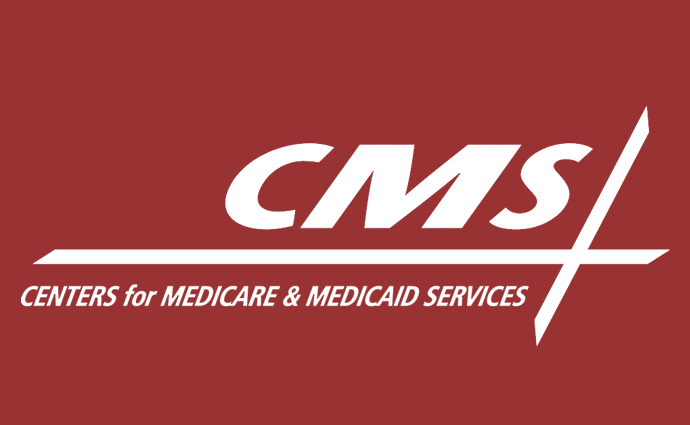Hospitals Face New TAVR Volume Rules for Medicare Reimbursement
CMS updated the Medicare reimbursement and coverage policy for TAVR procedures, including new volume requirements.

Source: Xtelligent Healthcare Media
- CMS recently finalized an update to the Medicare reimbursement policy for transcatheter aortic valve replacement (TAVR), a minimally invasive procedure to replace a narrowed aortic valve does not open properly.
The new national coverage policy will continue to cover TAVR under coverage with evidence development (CED) when the procedure is delivered according to an FDA-approved indication. However, CMS updated the policy to require hospitals and physicians to establish or maintain a TAVR program.
“Today’s decision to update and streamline the TAVR coverage parameters demonstrates CMS’ ongoing commitment to our beneficiaries,” CMS Administrator Seema Verma stated in the announcement. “The modification to the TAVR hospital and physician requirements is generally consistent with the 2018 Consensus Statement from the American College of Cardiology, the American Association for Thoracic Surgery, the Society for Cardiovascular Angiography and Interventions, and the Society of Thoracic Surgeons.”
“The decision ensures improved access to care for beneficiaries while supporting the continued evolution of this important technology in light of emerging evidence,” she emphasized.
Specifically, the updated policy includes new volume requirements for reimbursable TAVR programs.
For hospitals without TAVR experience, CMS will require the TAVR program to have performed at least 50 open heart surgeries and 20 or more aortic valve-related procedures in the two years preceding TAVR program initiative. The hospital must also have at least two physicians with cardiac surgery privileges, including one with interventional cardiology privileges, as well as deliver at least 300 percutaneous coronary interventions (PCIs) per year.
Hospitals with TAVR experience will have to perform at least 50 aortic valve replacements per year, including at least 20 TAVR procedures in the prior year or deliver 100 or more aortic valve replacements every two years, including 40 TAVR procedures in the prior two years.
The hospitals will also need to follow physician and PCI volume requirements.
“The decision reflects the current evidence base and strikes an appropriate balance between ensuring that hospitals have the experience and capabilities to handle complex heart disease cases while limiting the burden and barriers that excessive requirements create for hospitals and patients,” CMS stated in the announcement.
The federal agency intends for the new volume requirements to expand access to the minimally invasive procedure in rural areas, which demand greater access to TAVR.
A recent survey conducted by the Alliance for Aging Research found that more than two-thirds (69 percent) of Americans feel expanded TAVR access to rural communities is important. That percentage jumps to 81 percent among adults in rural areas.
But new volume requirements for hospitals and physicians seeking reimbursement for TAVR procedures has raised concerns among industry leaders.
In a joint comment to CMS on the proposed updates to the national coverage policy, the Society of Thoracic Surgeons (STS), the American College of Cardiology (ACC), the American Association for Thoracic Surgery (AATS), and the Society for Cardiovascular Angiography & Interventions (SCAI) opposed the updated volume requirements..
“The reduced aortic valve replacement volume requirements are inconsistent with the expert consensus document and recently published findings on the inverse association of mortality with hospital and operator TAVR volume, as well as the new data on the inverse association of mortality with hospital SAVR volume, and the major limitations in assessing TAVR and SAVR [surgical aortic valve replacement] performance and outcomes when volumes are low,” the groups stated.
They also explained that the volume requirement would fail to address the “access problem.”
“[W]e strongly believe that there is no evidence demonstrating that a TAVR access problem exists beyond the rural and socioeconomic access issues faced across the US healthcare system,” the comment letter stated. “We expect most new TAVR sites will open in already well-served and saturated urban locations, consistent with the trend we’ve seen over the last 18 months. If CMS’s priority is to facilitate opening more sites with relaxed requirements, the societies believe it is incumbent on CMS and facilities to do more to assure optimal patient care and continuous quality improvement.”
The federal agency did promise in the finalized national coverage policy to “follow efforts by medical societies to develop TAVR-specific outcome measures, and the agency will encourage continued progress toward the establishment of such widely-supported measures as potential replacements for procedural volume criteria.”
